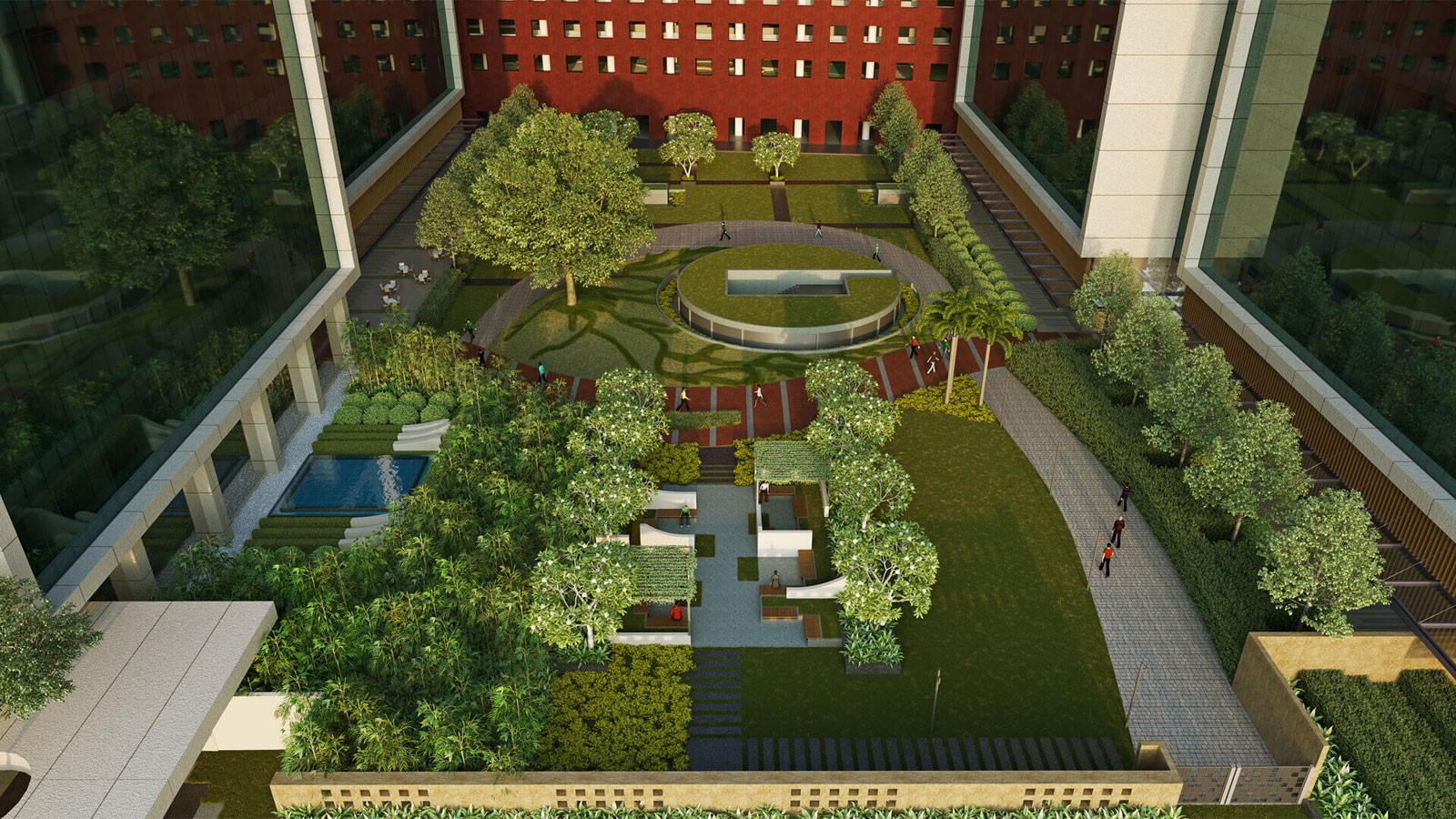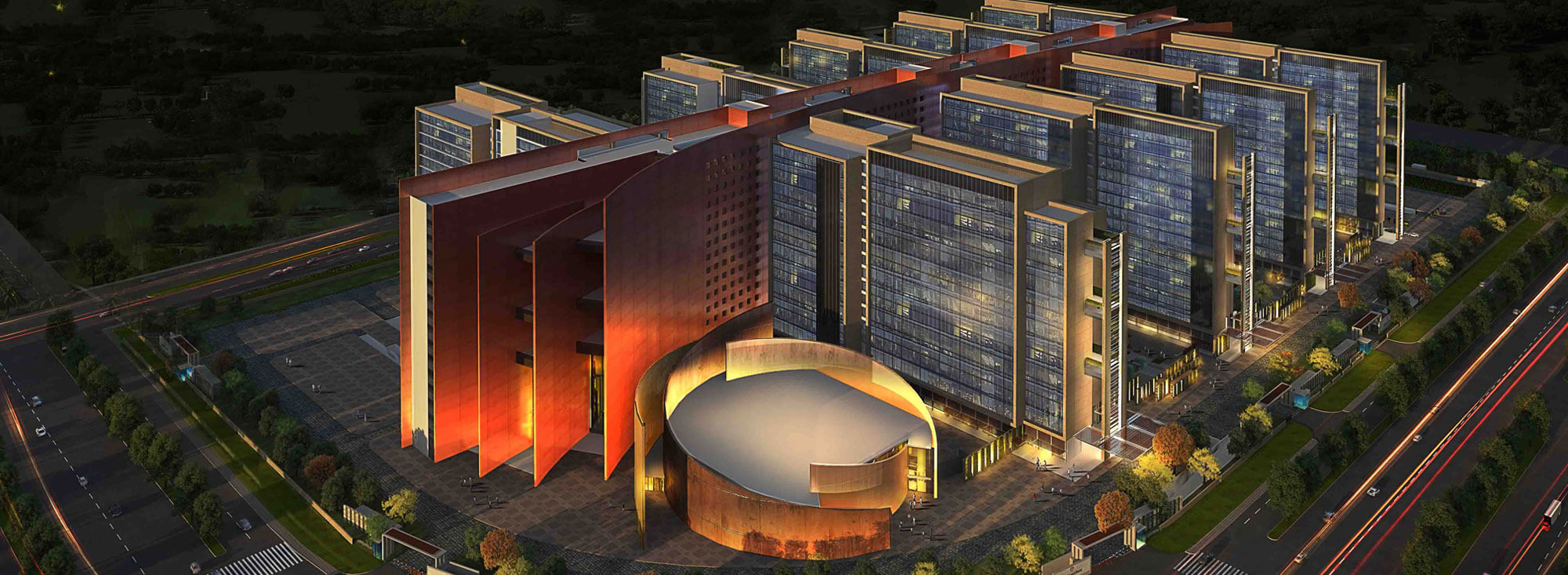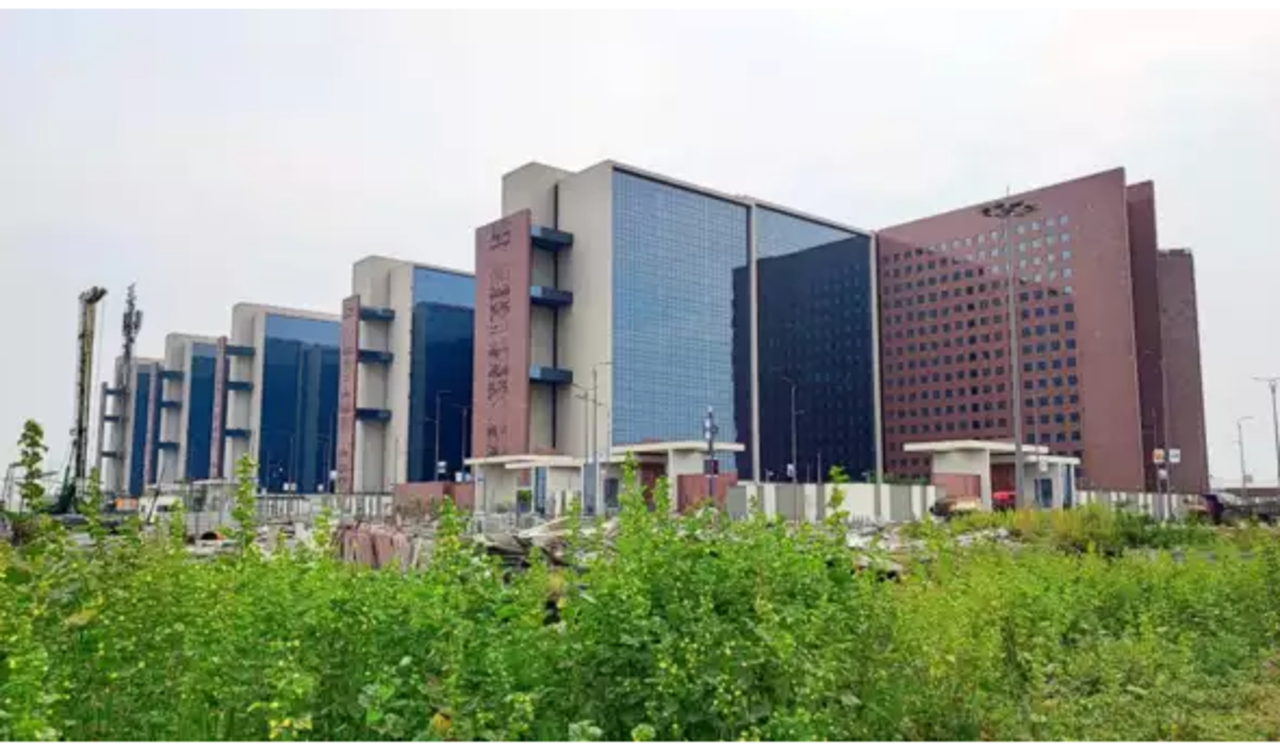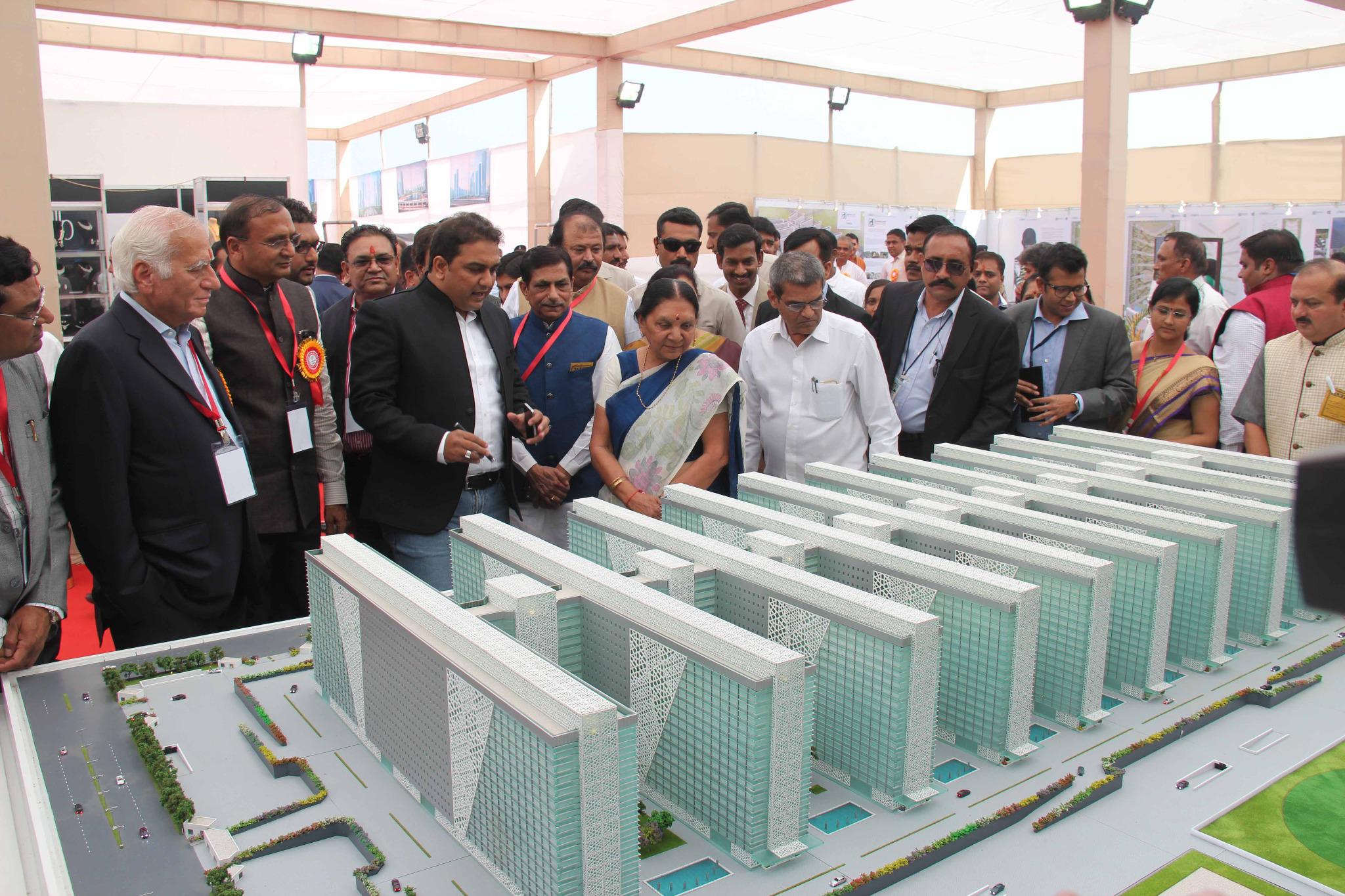How Surat Diamond Bourse Will Consume 50% Less Energy Than a Typical Green Building

How Surat Diamond Bourse Will Consume 50% Less Energy Than a Typical Green Building
The brainchild behind the most significant commercial building in the world is Sonali Rastogi, a founding partner of Morphogenesis.
It is common knowledge that real estate is one of the leading industries responsible for greenhouse gas emissions. Of them, office buildings have the most significant impact on global warming. This is because those who utilize these facilities require a lot of lighting and air conditioning energy.

In this situation, the Surat Diamond Bourse has overcome these difficulties by utilizing cutting-edge contemporary technology. The Bourse will use 50% less energy than a conventional green building because of its architecture and low-tech passive methods. The structure has received a Platinum grade from the Indian Green Building Council (IGBC). The brainchild behind the most significant commercial building in the world is Sonali Rastogi, a founding partner of Morphogenesis.
The self-shading stones are placed amid 15 acres of greenery that help to keep further the site cool and are positioned to block out the sun. Passive cooling is used to naturally air and cool around 30% of the built-up area’s circulation areas and 100% of the building community. The structure has flares on both ends that create a Venturi effect to draw in the direction of the wind.
However, on calm days, staggered atria enable hot air to escape through the stack effect, creating a comfortable microclimate without the need for artificial cooling.

The Surat Diamond Bourse also had one of the largest radiant cooling installations, with a technology that employs chilled circulating water on the floors and ceilings to cool 40% of the built-up volume.
More than 75% of interior rooms are daylit because of the office buildings’ north-south orientation and shallow floor plates.
The Surat Diamond Bourse provides a vibrant workplace for its employees, with ample natural lighting and convenient access to green spaces.
The climate change crisis has sparked a revolution in various sectors, and architecture is no exception. Buildings contribute significantly to global emissions, inspiring a need for innovative, sustainable construction. A shining example of this movement is the Surat Diamond Bourse (SDB), a newly erected commercial establishment in India. The SDB, an architectural marvel, will consume 50% less energy than a typical green building, setting a new standard for sustainable construction globally. Let’s delve into the specifics of this extraordinary feat.

The first pillar supporting SDB’s energy efficiency is its design. The structure incorporates a double-skin façade system, a design feature that significantly reducing energy consumption. By creating an air gap between the building’s exterior and interior, this façade helps maintain consistent internal temperatures, reducing the need for heating and cooling. Additionally, the façade system uses high-performance glazing that lets in ample natural light while preventing heat gain, eliminating excess reliance on artificial lighting and air conditioning.
The SDB incorporates state-of-the-art energy systems to minimize its carbon footprint. The HVAC system of the building is equipped with energy recovery wheels that capture and recycle waste energy, resulting in a significantly more efficient system. Moreover, the SDB utilizes high-efficiency chillers and variable refrigerant flow (VRF) systems, which adjust the amount of refrigerant flowing to the individual units based on demand, further enhancing energy efficiency.
Another crucial aspect of the SDB’s energy efficiency strategy is its utilization of renewable energy. The building’s roof is equipped with solar panels, turning an often wasted space into a clean, renewable energy source. This system reduces the building’s demand on the local power grid and feeds excess power back into it.

Water efficiency is another way the SDB has reduced its energy consumption. The building uses a rainwater harvesting system to minimize its reliance on municipal water supplies. Furthermore, it employs a sewage treatment plant to recycle wastewater, reducing water and energy waste.
The SDB also uses a Building Management System (BMS) that provides centralized control over various systems like HVAC, lighting, and security, allowing efficient monitoring and adjusting energy consumption. The BMS is equipped with intelligent sensors and employs algorithms to optimize the building’s energy use based on occupancy and external environmental conditions.
The Surat Diamond Bourse is a sterling example of how intelligent design and advanced technologies can lead to significant energy savings, even for large-scale commercial establishments. Architecture can indeed make a notable contribution to the global fight against climate change. The SDB project’s success offers a blueprint for future constructions worldwide, heralding a new era of sustainable and efficient architecture.

SDB achieves high energy efficiency by combining innovative design, efficient energy systems, renewable energy sources, water and waste management, and advanced control systems. This integration enables SDB to consume only half the energy of a standard green building. SDB’s model sets a new benchmark for sustainable architecture, opening up the possibility for future buildings to be ‘super-green’ and pushing the boundaries of what can be achieved in green design.




